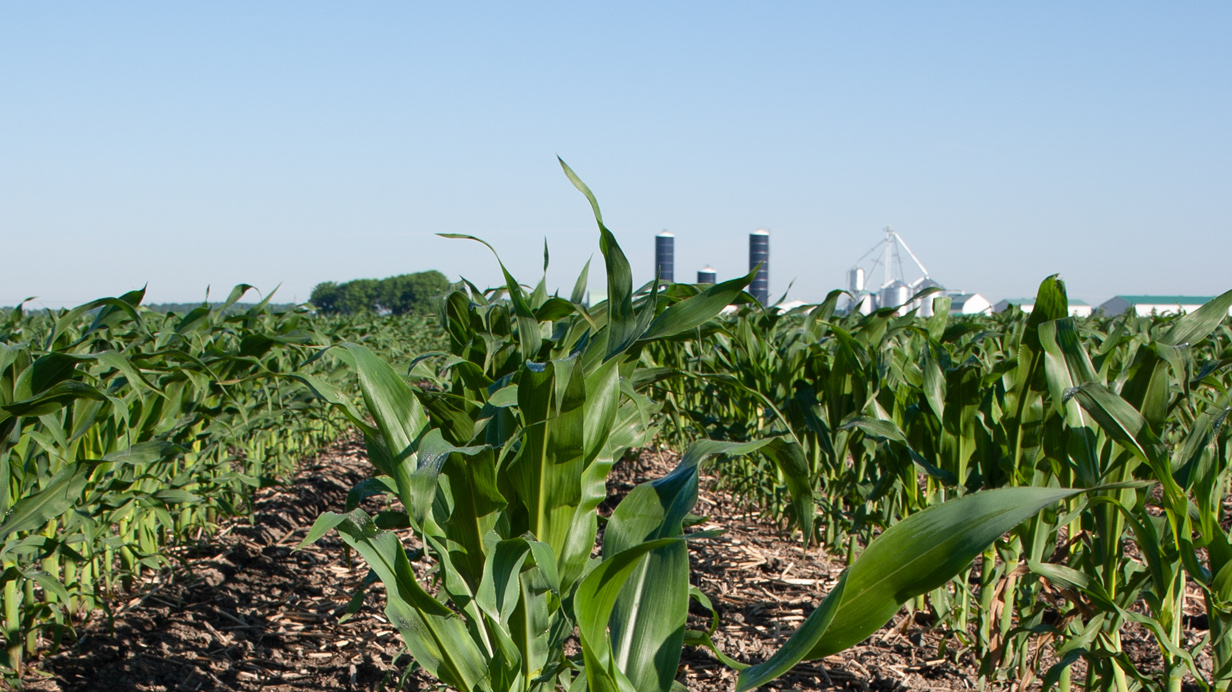Forage: How to get great yields no matter the weather
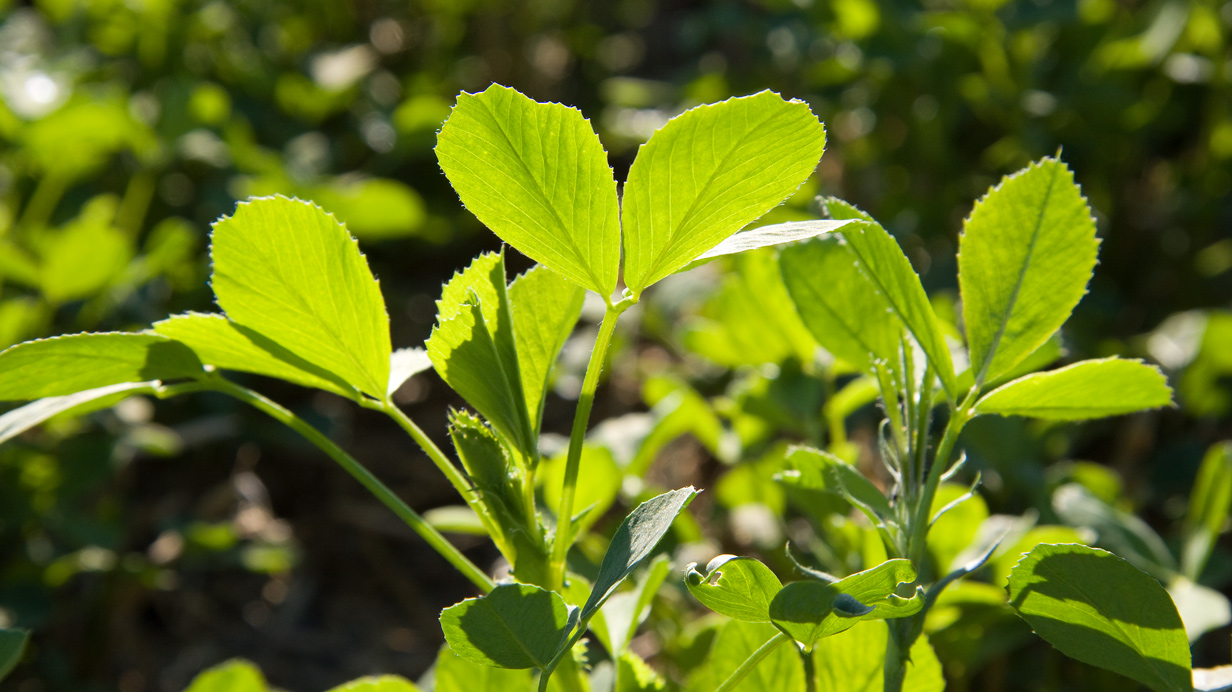
Weather conditions in recent years have made life tough for forage plants. Many farmers have had to completely change the way they do things. Some manage to continually improve their operation year after year, no matter the weather. Winter is a great time to ask questions, get informed and make a plan for more resilient forage systems on your farm. Here are a few ways you can get started.
Two good reasons to adopt intensive grazing
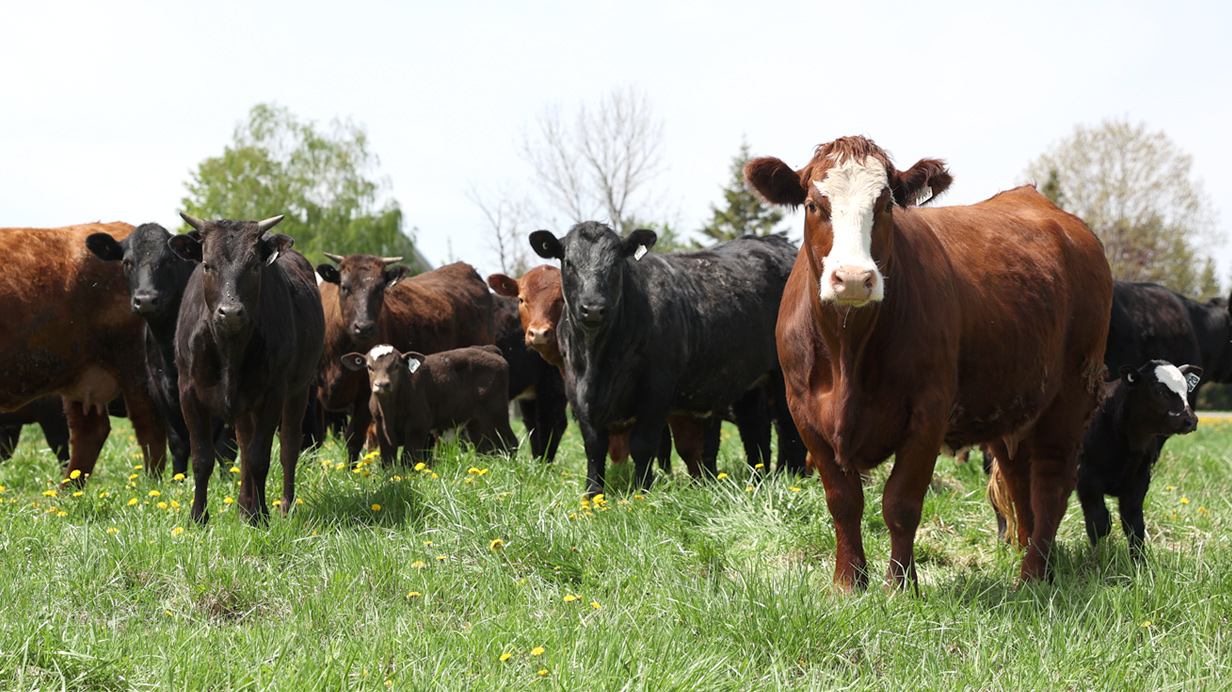
Intensive grazing is good for your wallet and good for the environment, two good reasons to adopt it and equip yourself to do it effectively.
Managing your pastures to get the most out of them is an art. It’s not enough to move your livestock from one field to another from time to time without any further agronomic consideration. There are several methods of pasture management, but for optimum results, intensive grazing has proved its worth.
How to deal with wireworms
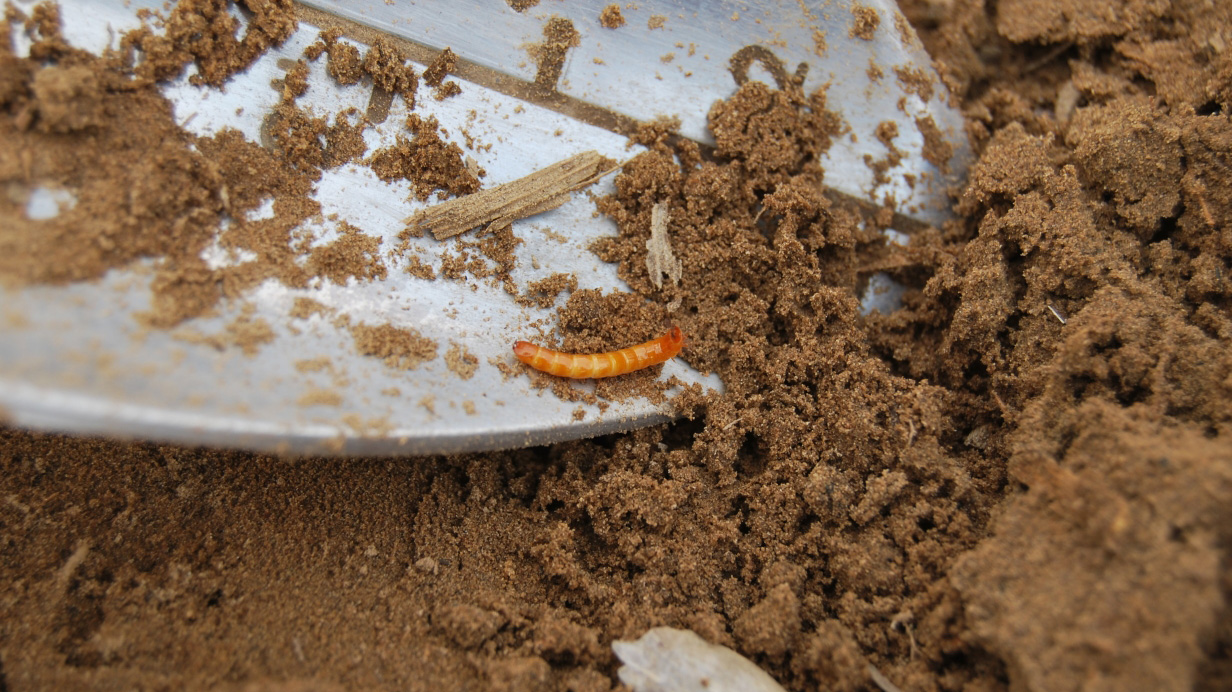
Until recently, most of the seeds used in Québec were coated with an insecticide. But the trend is reversing, and an integrated approach is now used that includes scouting and probability models for infestation and crop damage. This means more intelligence and less chemicals, benefiting both farmers and the environment.
A soil-analysis probe to reduce greenhouse gases
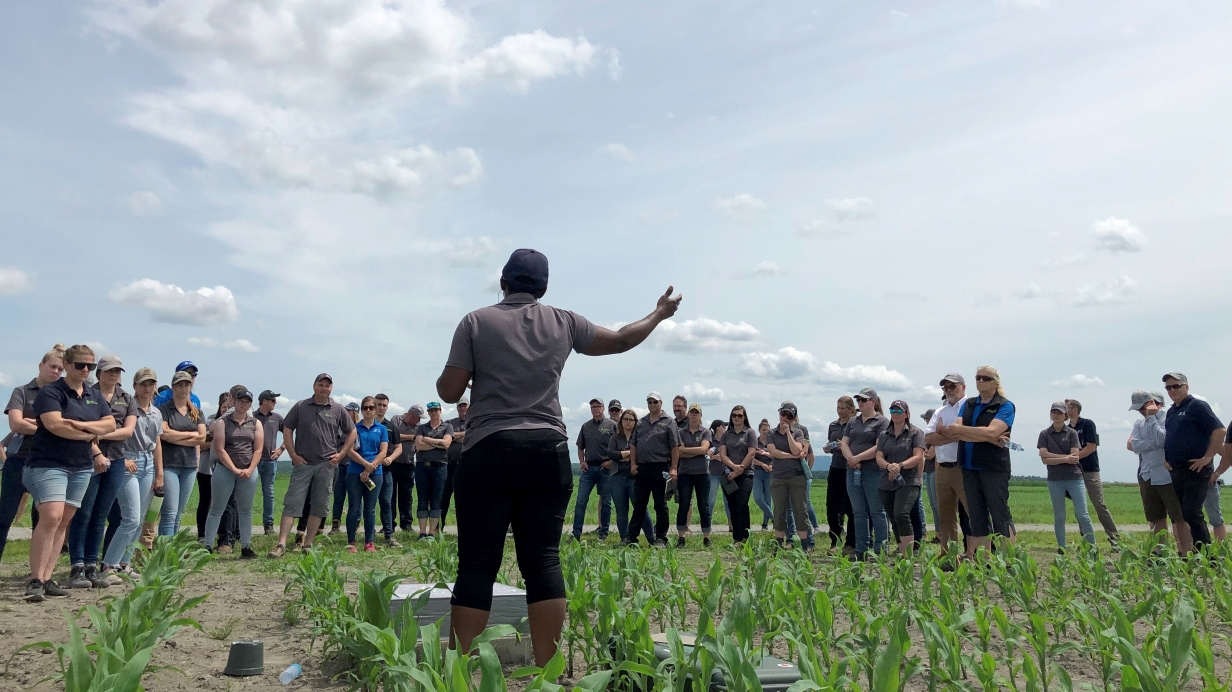
Analyzing soil in the field with a smart probe may not be such a distant dream after all. For some time now, staff at the Sollio Agriculture crop production research farm in Saint-Hyacinthe have been testing a probe from ChrysaLabs that could be used to adjust farming practices quickly and improve crop fertilization.
For the past two years, members of the research farm’s team have been lugging ChrysaLabs’ futuristic-looking, smart soil-analysis probe around their plots.
How farm businesses can benefit from reducing greenhouse gas emissions

Farm businesses have many avenues to reduce their greenhouse gas (GHG) emissions, including soil management, farming and breeding practices, and the recycling of manure and organic waste. Sollio Agriculture is currently investigating how farmers can benefit by earning carbon credits for adopting these practices.
How to select the right cover crops
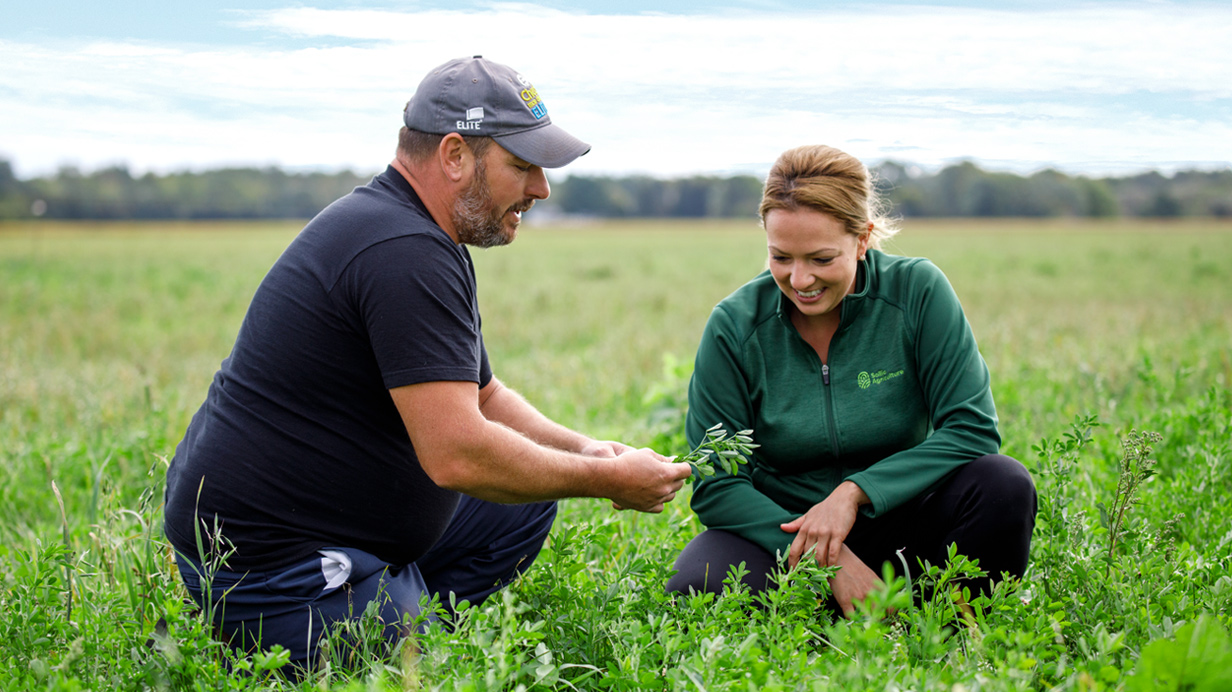
Using cover crops is a key part of caring for two vital resources—the soil and the environment. Selecting the best cover crops and successfully integrating them into your rotation requires setting an objective and developing a sound plan.
Fertilize different with fertilizing residual materials
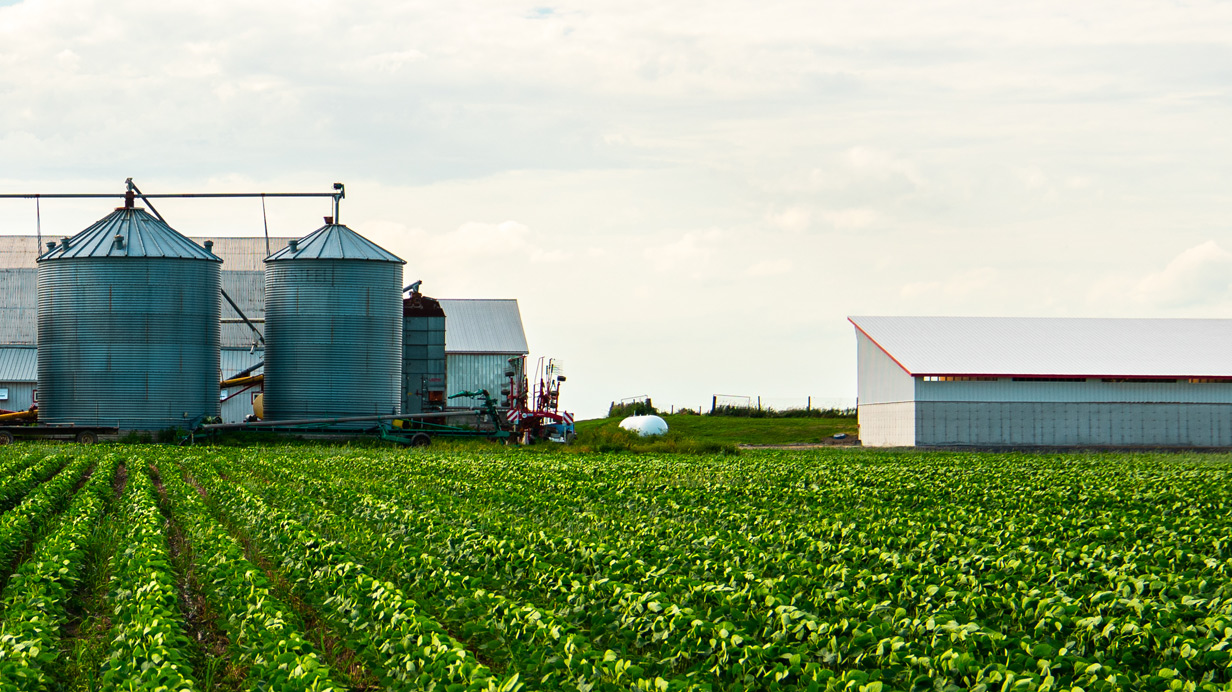
Although little known and underestimated, fertilizing residual materials (FRMs) are a cost-saving solution for farmers.
“There’s an FRM for every need, from fertilizing to adding organic matter and correcting pH,” says Simon Naylor, Vice-President and Co-Founder of Viridis environnement. Viridis has a 70% share of the FRM recovery market and delivers 600,000 tonnes of organic matter to 700 farm businesses each year.
Integrated pest management: sterilized pink onion flies in onion crops
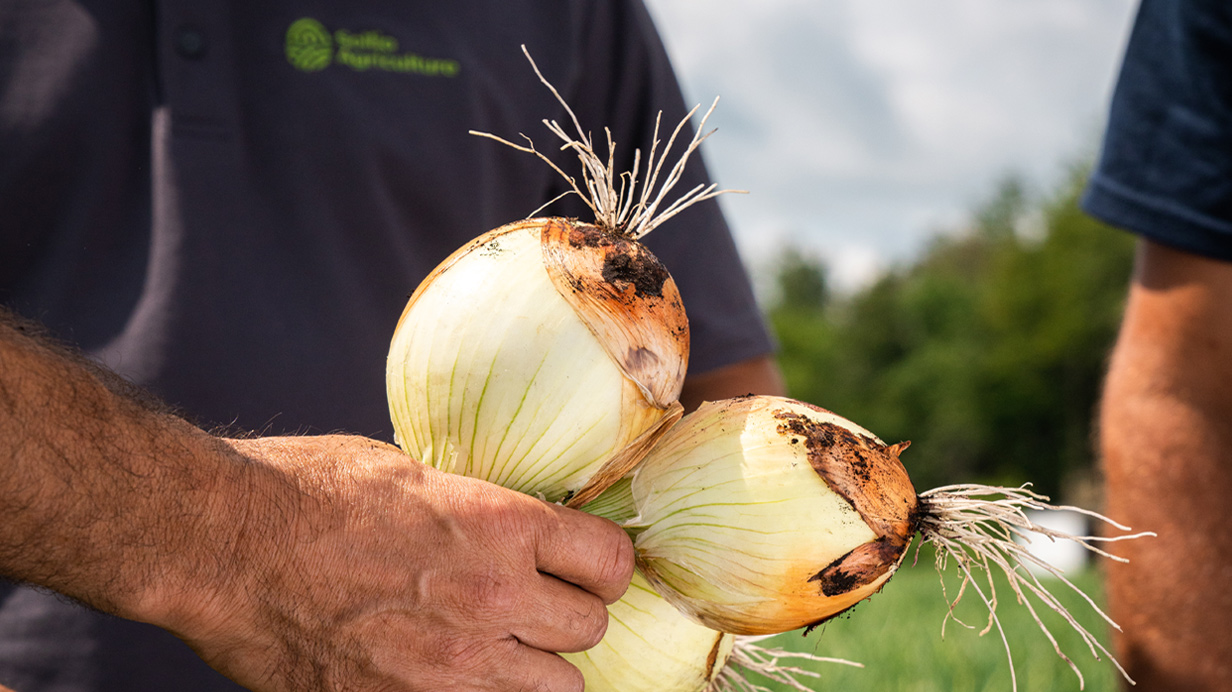
Ten years after they were first introduced on a large scale in onion fields in Montérégie, sterilized pink onion flies have successfully replaced a controversial insecticide, while generating a dramatic reduction in the natural populations of onion maggots (Delia antiqua), the main onion pest in Canada.
The sterile insect technique (SIT) works in a surprisingly simple and ingenious way. It essentially uses one pest to combat another. To do so, onion flies that are factory reared and sterilized through irradiation ahead of time are released into fields.
Robotic weeders: a promising agricultural innovation
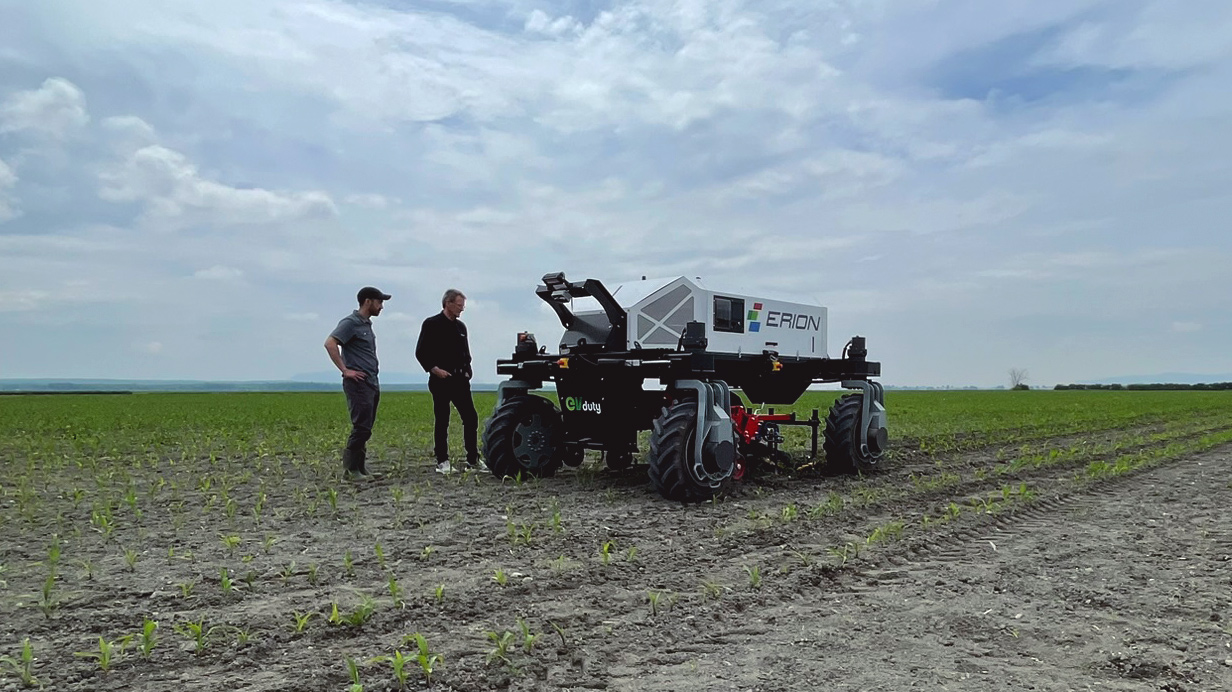
Robots are one of the most talked-about innovations in agriculture, and rightly so—they can weed with precision, reduce soil compaction and shrink farm carbon footprints.
Scientists at the Sollio Agriculture research farm are always on the lookout for innovations that promote more sustainable agriculture.

